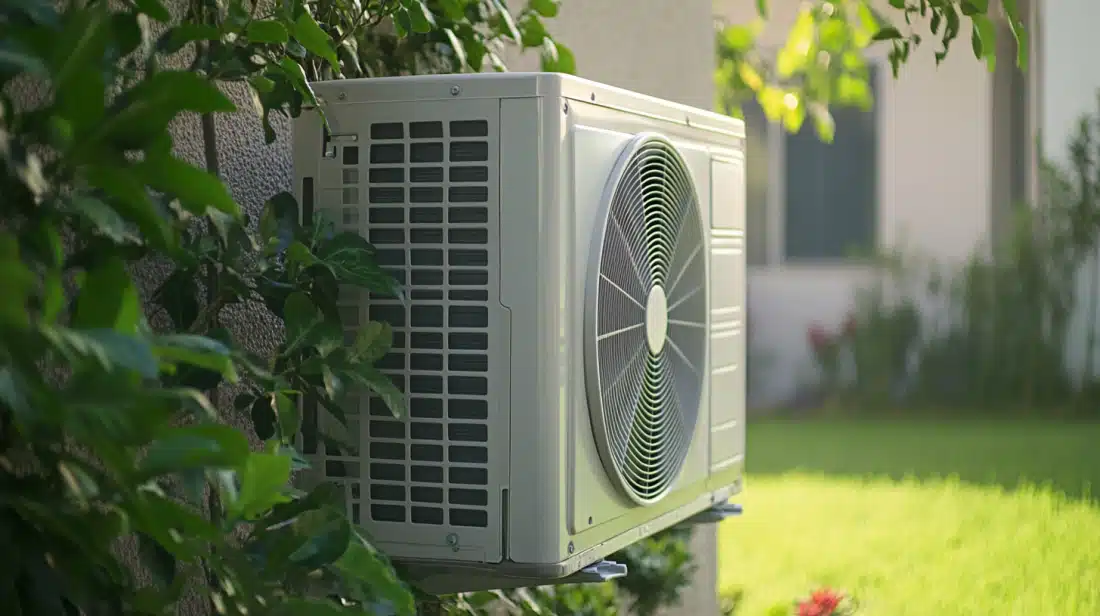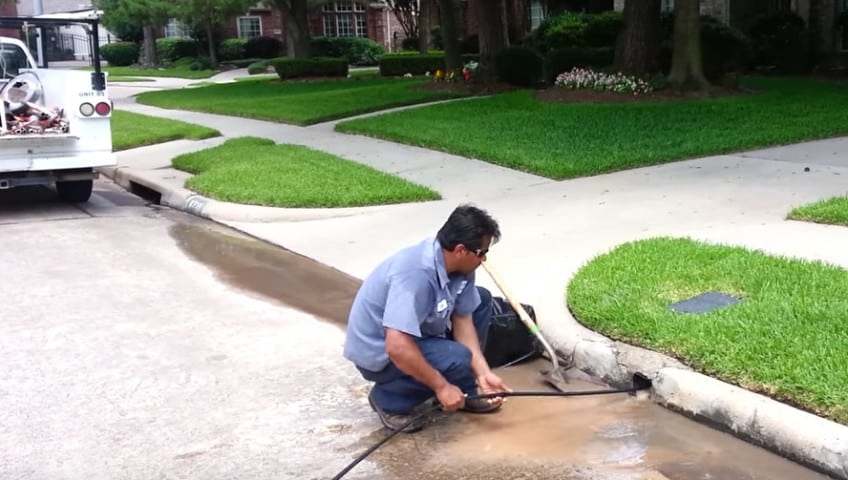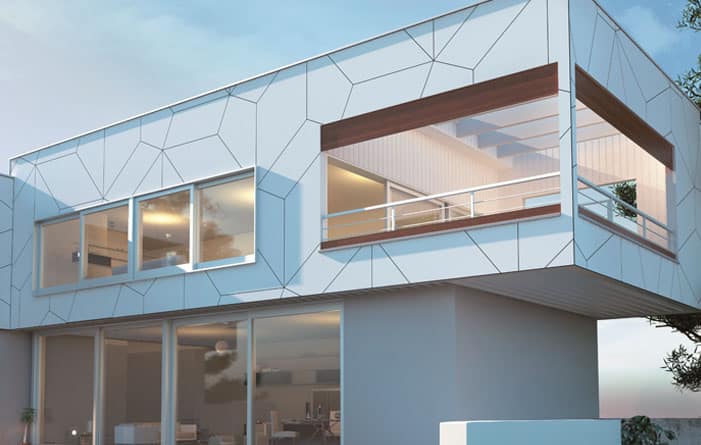Energy-Efficient Air Conditioning Solutions for Your Home
Trying to find a way to create a sustainable and cost-effective yet temperate household isn’t easy! There are however a number of energy-efficient air conditioning solutions that you could consider.
These solutions not only reduce energy consumption but also help in lowering utility bills and minimizing environmental impact. You can get details on your options here.
1. Understanding Energy Efficiency in Air Conditioning
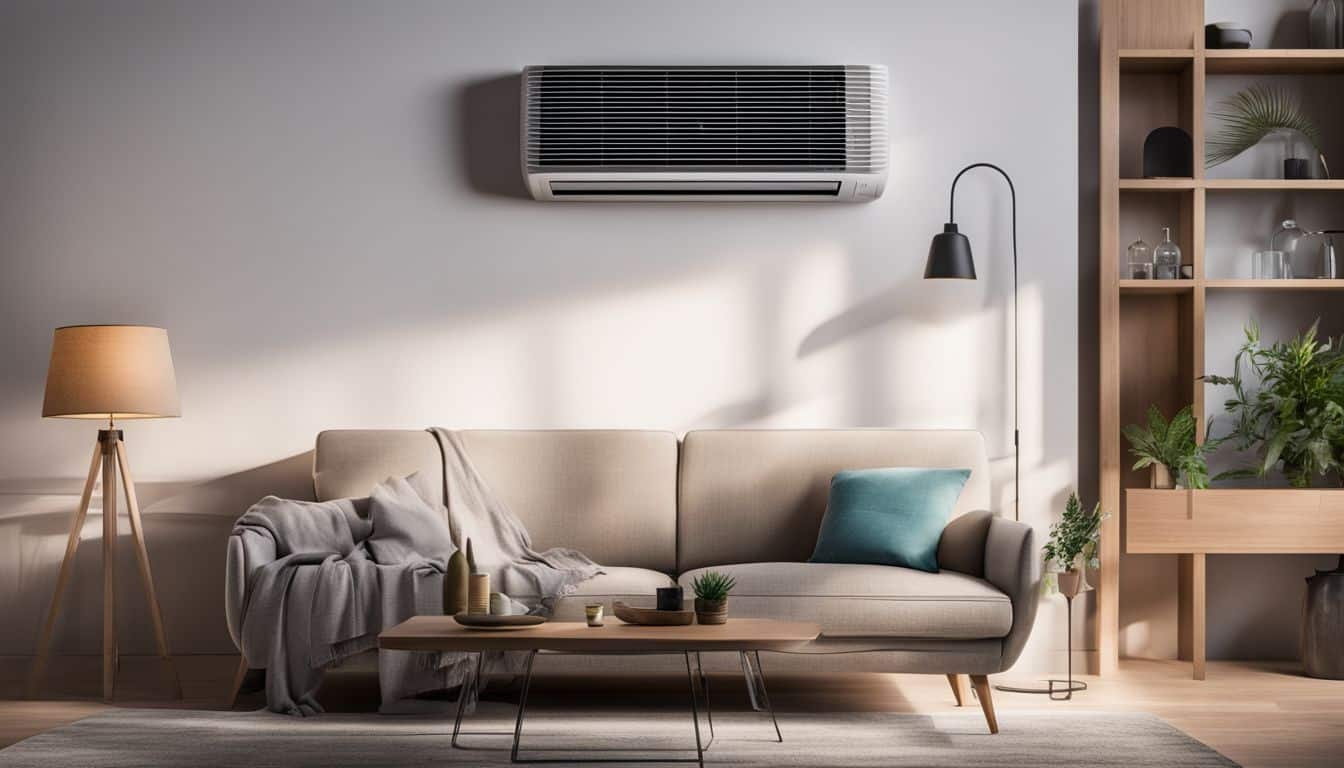
SEER Ratings
The Seasonal Energy Efficiency Ratio (SEER) is a critical metric used for evaluating the energy efficiency of air conditioners. The higher the SEER rating, the more energy-efficient the unit is.
Modern air conditioners will typically have SEER ratings ranging from 13 to 25. Units with a higher SEER rating may be more expensive but investing in one upfront can significantly reduce energy consumption and costs over time.
Energy Star Certification
Energy Star is a government-backed symbol for energy efficiency, providing simple, credible, and unbiased information that both consumers and businesses rely on to make well-informed decisions.
Air conditioning units with the Energy Star label meet stringent energy efficiency guidelines set by the U.S. Environmental Protection Agency.
2. Types of Energy-Efficient Air Conditioning Systems
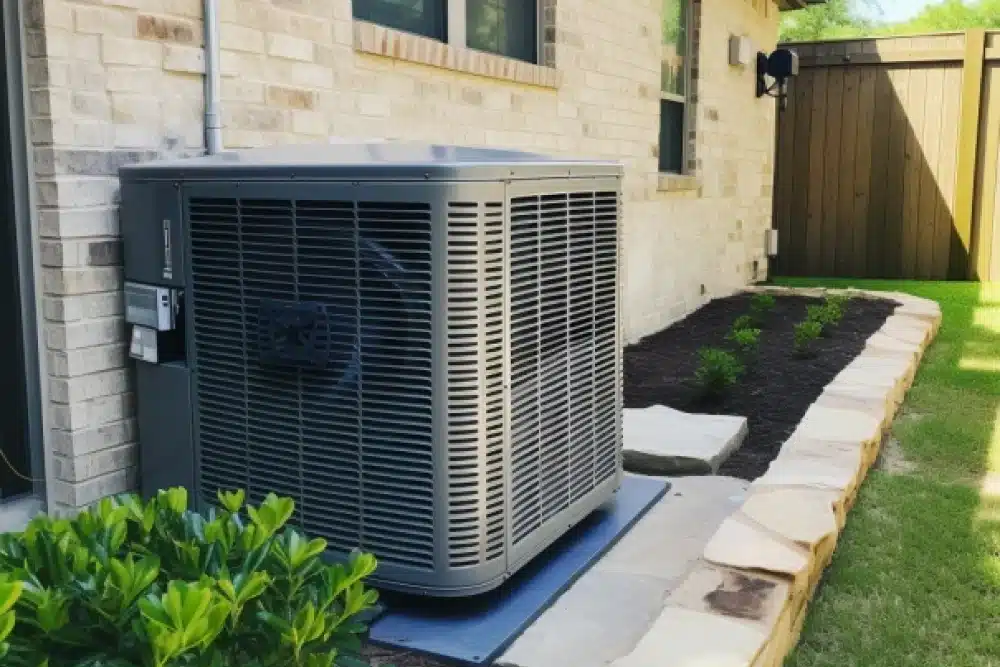
There are a number of different types of energy-efficient airconditioning systems, each one with its own pros and cons.
Central Air Conditioning Systems
Central air conditioning systems are a popular choice used for cooling entire homes. Modern central air systems with high SEER ratings and Energy Star certification offer improved energy efficiency.
Additionally, incorporating programmable thermostats and zoning systems can further enhance efficiency by cooling only occupied areas of the home.
Ductless Mini-Split Systems
Ductless mini-split systems are an excellent option for homes that do not have existing ductwork. These systems consist of an outdoor compressor and one or more indoor air-handling units.
They are known for their high energy efficiency, ease of installation, and ability to provide targeted cooling. Each indoor unit can be controlled independently, which helps to reduce energy usage.
Window and Portable Units
For smaller spaces or supplemental cooling, energy-efficient window units and portable air conditioners are great options.
Modern window and portable units often come with programmable timers and energy-saving modes, which allow you to optimize cooling schedules and reduce energy consumption. Look for units with high Energy Efficiency Ratio ratings.
3. Innovative Technologies for Enhanced Efficiency
Inverter Technology
Inverter technology in air conditioners allows the compressor to adjust its speed to maintain the desired temperature, rather than cycling on and off. The result of this is that you have more consistent cooling, reduced wear and tear on the compressor, and significant energy savings.
Smart Thermostats
Technology has also developed and smart thermostats, such as the Nest Learning Thermostat or the Ecobee SmartThermostat, offer advanced features that help optimize energy use.
They use AI to learn your schedule and preferences, adjust temperatures automatically and can be controlled remotely via smartphone apps. Smart thermostats will also provide you with detailed energy usage reports, which help you understand and manage your energy consumption better.
Variable Speed Compressors
Air conditioners with variable-speed compressors can operate at different speeds, unlike traditional units that run at a single speed. This will allow for precise temperature control and enhanced energy efficiency, as the system can ramp up or down based on the what the demand is in terms of cooling.
4. Additional Strategies for Energy Efficiency
Regular Maintenance
Ensuring proper maintenance of your air conditioning system is crucial for maintaining its efficiency. Doing things like cleaning or replacing filters, checking for refrigerant leaks, and ensuring the coils are clean on a regular basis can help to keep your system running smoothly and efficiently.
Proper Insulation
Ensuring your home is well-insulated can also significantly reduce the workload on your air conditioning system. Proper insulation in the attic, walls, and floors helps to keep the cool air in and the hot air out, therefore reducing the need for excessive cooling.
Sealing Ducts
Leaky ducts can lead to substantial energy loss. Sealing and insulating ductwork can improve the efficiency of your air conditioning system by ensuring that cooled air reaches its intended destination without escaping.
Using Ceiling Fans
Ceiling fans can help circulate cool air more effectively, allowing you to set your thermostat a few degrees higher without sacrificing comfort. This simple strategy can result in noticeable energy savings.
5. Renewable Energy Integration
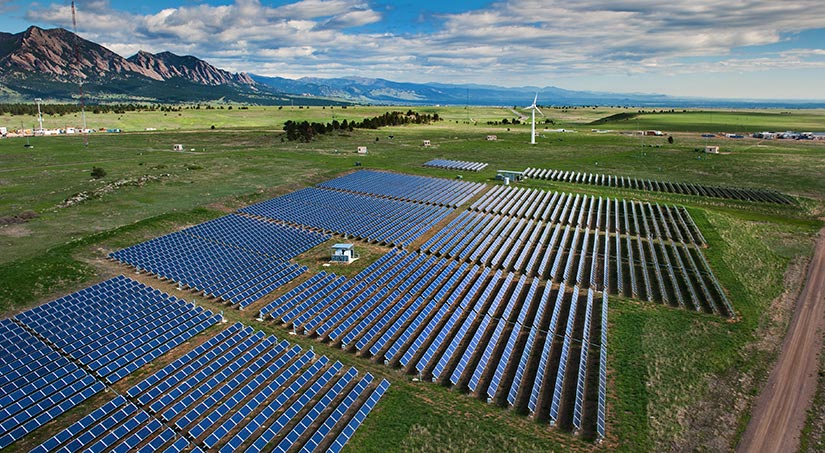
For an even more sustainable approach, you may want to think about integrating renewable energy sources such as solar power into your home and air conditioner. Solar air conditioners, which use solar panels to generate electricity, can drastically reduce or even eliminate the energy costs associated with cooling your home.

